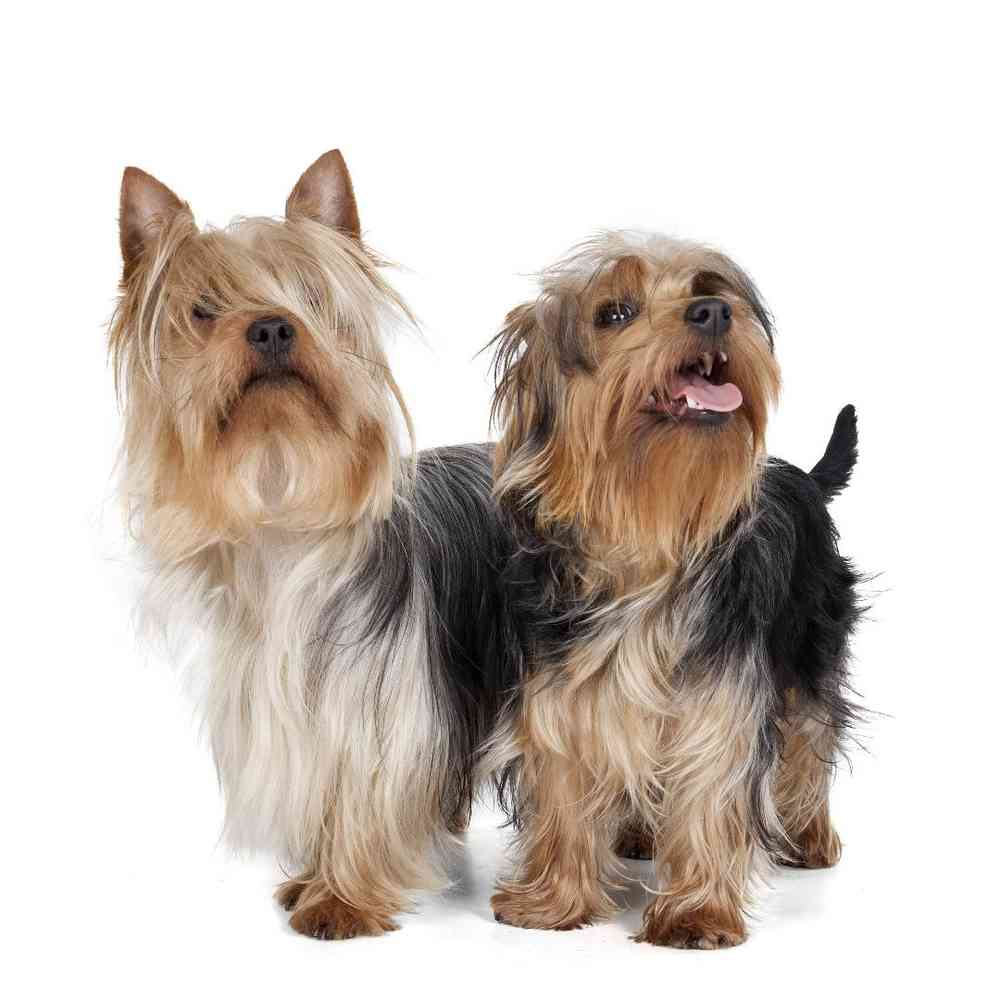Silky Terrier

A charming member of the AKC Toy Group, the compact, glossy-coated Silky Terrier is nonetheless a true terrier of energetic high spirits. The Silky, a native of Sydney, Australia, is larger than his close cousin, the

Want to know more about Silky Terrier ?
Breed Traits
Clubs, Registries & Associations
American Canine Association Continental Kennel Club Universal Kennel Club International American Kennel Club United All Breed Registry America's Pet Registry, Inc. United Kennel Club (Based on breed recognition. See store for details on this particular puppy.)
Group
Heritage
Description
Health Awareness
Personality
Exercise/Energy Level
Additional Information
General Appearance
The Silky Terrier is a true "toy terrier". He is moderately low set, slightly longer than tall, of refined bone structure, but of sufficient substance to suggest the ability to hunt and kill domestic rodents. His coat is silky in texture, parted from the stop to the tail and presents a well groomed but not sculptured appearance. His inquisitive nature and joy of life make him an ideal companion
Size, Proportion, Substance
Head
Neck, Topline, Body
Forequarters
Hindquarters
Coat
Color
Gait
Temperament
Interesting To Know
The Silky Terrier is also called the Sidney Terrier
About
Small but not fragile, feisty but not yappy, pretty but not sculpted, Silkys are 10-inch-tall dynamos animated by curiosity and high spirits. The glorious blue-and-tan coat is straight and glossy, and it feels and behaves much like human hair. The wedge-shaped head is topped by profuse hair parted down the middle, and erect V-shaped ears draw attention to the keen, piercing expression of the almond-shaped eyes. Silkys are more refined than typical ratting terriers, but they should still look and behave like a true earthdog.
History
Standard
Nutrition
Grooming
Exercise
Training
Health
All pets have found there homes! Sign up to be notified when new pets are added so you don't miss out.













